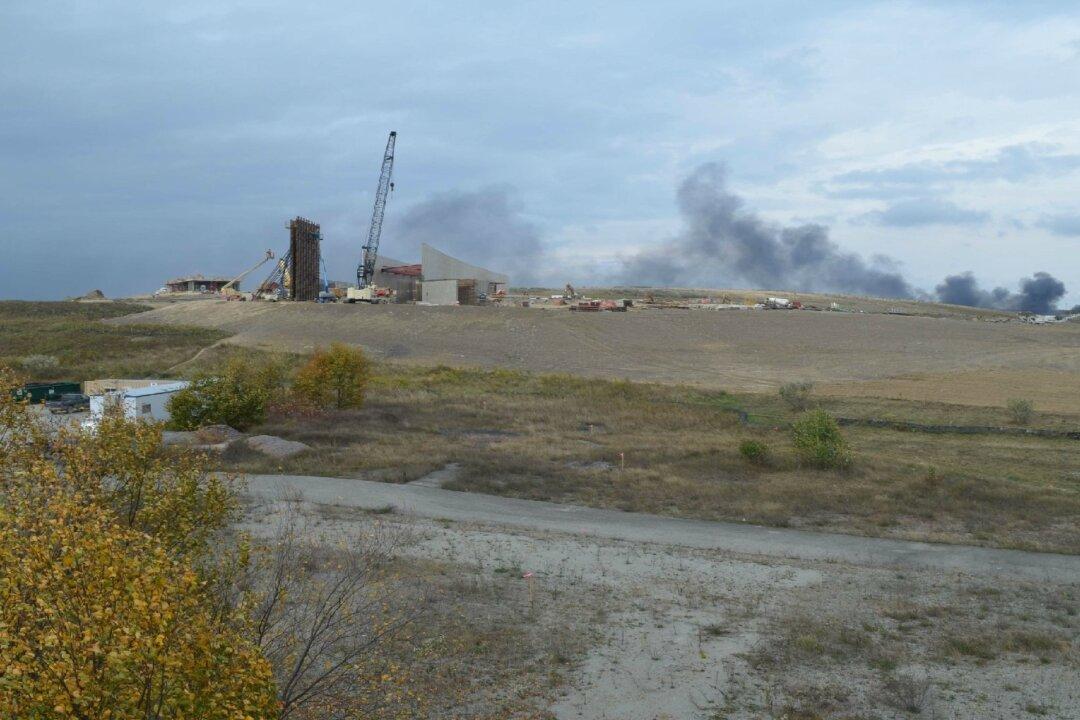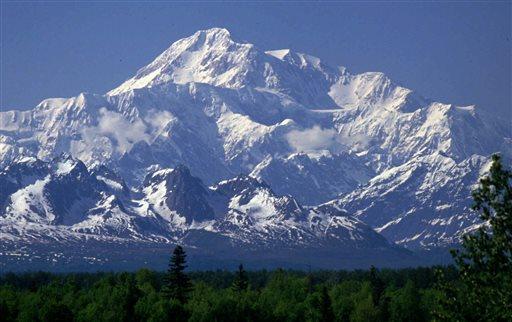The Lucky Friday mine closed its shafts in late 2011, after three collapses in a nine-month period killed two mine workers. Last week, however, the Hecla Mining Company announced that the Lucky Friday mine will reopen this summer.
The northern Idaho mine will soon be rehiring workers, as it prepares to resume operations. At the company’s annual shareholders meeting on May 24, Hecla’s president and CEO, Phil Baker, said the company expects to have a full workforce by the end of the year. The company hopes to resume its silver production at the mine, which is one of the deepest in the United States, by early 2013.
A series of collapses led to the mine’s closure last December. The first collapse, in April of last year, caused the death of miner Larry Marek. In November, a second collapse claimed the life of miner Brandon Gray. Less than a month later, a third collapse trapped 20 miners underground; all of the miners were rescued, but seven were hospitalized.
“That has hit Hecla very hard,” Baker said of the deaths. “We’re determined to make sure that never happens again.”
The Mine Safety and Health Administration (MSHA) separates mines into two categories: coal mines and metal/non-metal mines. According to MSHA, there were 16 deaths in the metal/non-metal mines in 2011. The Lucky Friday mine was the only one to have two fatalities.
A lack of safety measures in the Lucky Friday mine was determined to be the root cause of the tragedies. MSHA officials stated that the vertical incline used for removing unwanted ore that Marek was working in, a form of excavation known as a stope, was unusually wide; a pillar should have been erected to help support the roof.
“Management failed to design, install, and maintain a support system to control the ground in places where miners worked and traveled,” stated the MSHA in its Report of Investigation. “This is an unwarrantable failure to comply with a mandatory standard.”
Following Marek’s death in April 2011, MSHA investigators issued four citations to Hecla, as well as nearly $1 million in penalties. After the December collapse, 110 workers were laid off.
“It is troubling that, after all this time, MSHA inspectors continue to find such serious hazards and some mine operators allow such conditions to exist,” said MSHA’s Assistant Secretary of Labor Joseph A. Main in the agency’s press release.
“We will continue to use all the enforcement tools at our disposal to combat noncompliance,” Main added.
There have been eight non-coal mining fatalities in the first five months of 2012, reported the MSHA, which compares unfavorably with the death toll of five over the same period last year. The most recent death occurred on May 28 in New York state.
Rising silver prices have prompted Hecla to consider reopening the Star-Morning mine, also located in northern Idaho’s Silver Valley. The mine has been closed since 1990. According to the Idaho Mining Association, Hecla Mining Company is the oldest and largest silver-mine operator in the United States.
The Epoch Times publishes in 35 countries and in 19 languages. Subscribe to our e-newsletter.



